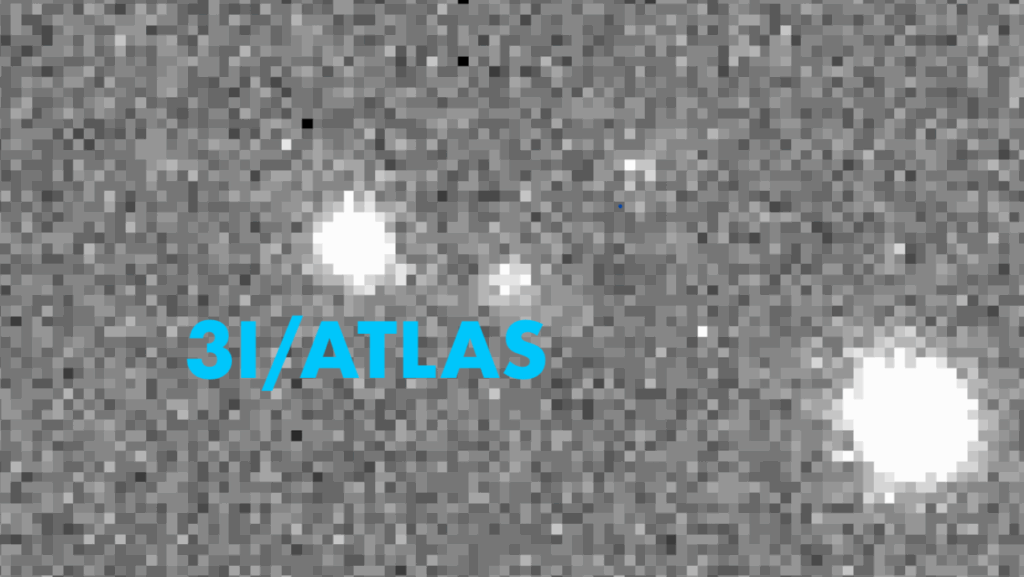Rethinking CO Antibiosignatures In The Search For Life Beyond The Solar System

Some atmospheric gases have been proposed as counter indicators to the presence of life on an exoplanet if remotely detectable at sufficient abundance (i.e., antibiosignatures), informing the search for biosignatures and potentially fingerprinting uninhabited habitats.
However, the quantitative extent to which putative antibiosignatures could exist in the atmospheres of inhabited planets is not well understood. The most commonly referenced potential antibiosignature is CO, because it represents a source of free energy and reduced carbon that is readily exploited by life on Earth and is thus often assumed to accumulate only in the absence of life. Yet, biospheres actively produce CO through biomass burning, photooxidation processes, and release of gases that are photochemically converted into CO in the atmosphere. We demonstrate with a 1D ecosphere-atmosphere model that reducing biospheres can maintain CO levels of ~100 ppmv even at low H2 fluxes due to the impact of hybrid photosynthetic ecosystems.
Additionally, we show that photochemistry around M dwarf stars is particularly favorable for the buildup of CO, with plausible concentrations for inhabited, oxygen-rich planets extending from hundreds of ppm to several percent. Since CH4 buildup is also favored on these worlds, and because O2 and O3 are likely not detectable with the James Webb Space Telescope, the presence of high CO (>100 ppmv) may discriminate between oxygen-rich and reducing biospheres with near-future transmission observations. These results suggest that spectroscopic detection of CO can be compatible with the presence of life and that a comprehensive contextual assessment is required to validate the significance of potential antibiosignatures.
Edward W. Schwieterman, Christopher T. Reinhard, Stephanie L. Olson, Kazumi Ozaki, Chester E. Harman, Peng K. Hong, Timothy W. Lyons
(Submitted on 18 Mar 2019)
Comments: 10 pages, 5 figures, 2 tables. Published Open Access in ApJ
Subjects: Earth and Planetary Astrophysics (astro-ph.EP)
Journal reference: SApJ, 874, 9 (2019)
DOI: 10.3847/1538-4357/ab05e1
Cite as: arXiv:1903.07661 [astro-ph.EP] (or arXiv:1903.07661v1 [astro-ph.EP] for this version)
Submission history
From: Edward Schwieterman
[v1] Mon, 18 Mar 2019 18:35:09 UTC (2,190 KB)
https://arxiv.org/abs/1903.07661
Astrobiology








